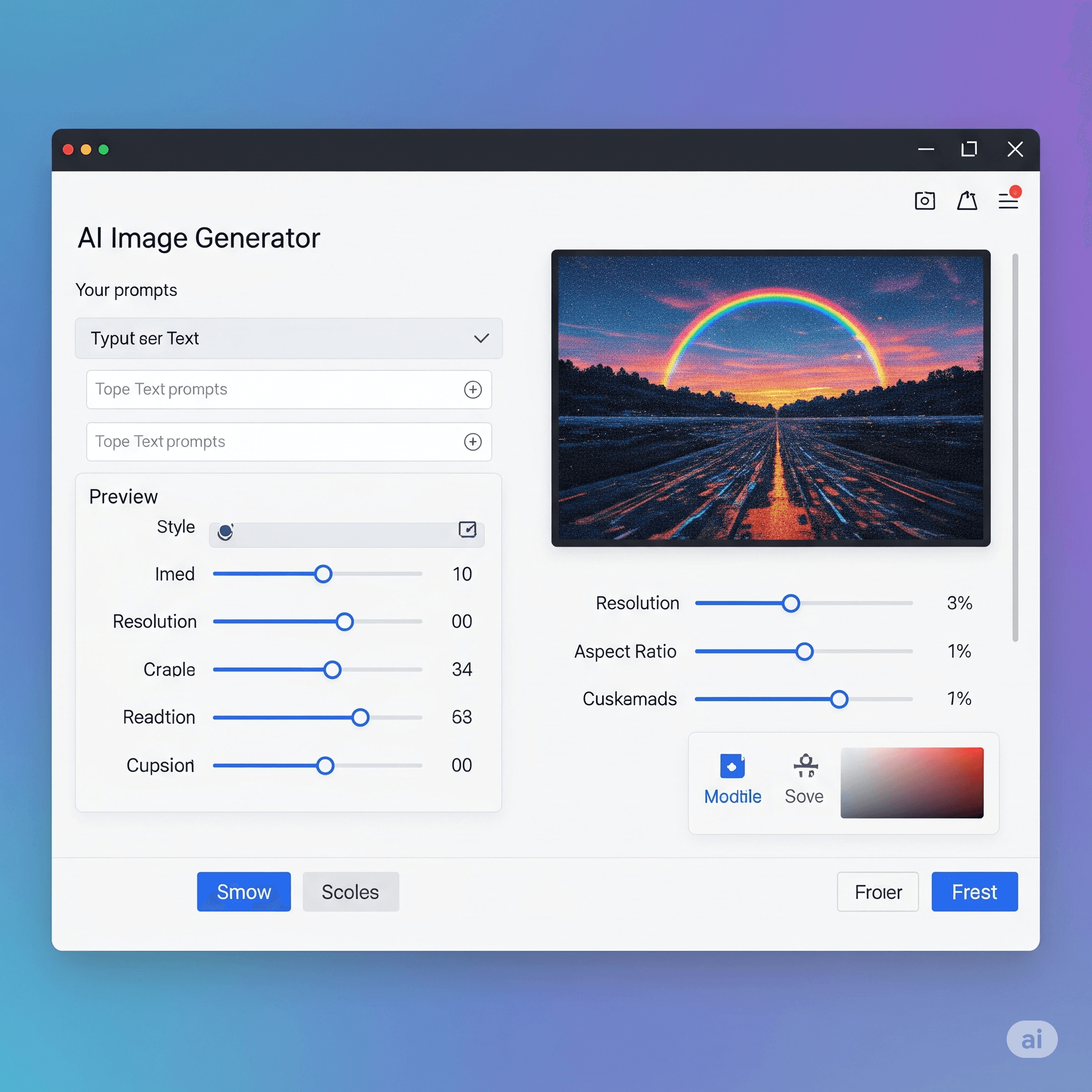Question: UDP packets are called __________ .
Answer:
UDP (User Datagram Protocol) packets are called datagrams. A datagram is a self-contained, independent packet of data that is transmitted over a network without any guarantee of delivery or ordering. In UDP, each datagram is preceded by a header that contains the source and destination port numbers, as well as the length and checksum fields. The length field specifies the length of the datagram, including the header, while the checksum field is used to ensure the integrity of the data.
UDP datagrams are often used in applications that require fast and lightweight communication, such as online gaming or multimedia streaming, where small delays or occasional data loss are acceptable. However, because UDP does not provide any reliability or ordering guarantees, it is not suitable for applications that require error-free and ordered delivery of data, such as email or file transfer.
MCQ: UDP packets are called __________ .
Explanation:
UDP (User Datagram Protocol) packets are called datagrams. A datagram is a self-contained, independent packet of data that is transmitted over a network without any guarantee of delivery or ordering. In UDP, each datagram is preceded by a header that contains the source and destination port numbers, as well as the length and checksum fields. The length field specifies the length of the datagram, including the header, while the checksum field is used to ensure the integrity of the data.
UDP datagrams are often used in applications that require fast and lightweight communication, such as online gaming or multimedia streaming, where small delays or occasional data loss are acceptable. However, because UDP does not provide any reliability or ordering guarantees, it is not suitable for applications that require error-free and ordered delivery of data, such as email or file transfer.
Discuss a Question
Related Questions
- 1. UDP packets have a fixed-size header of _______ bytes.
- 2. TCP is a __________ protocol.
- 3. TCP groups a number of bytes together into a packet called a ___________.
- 4. TCP is a(n) ___________ protocol.
- 5. TCP is a(n) _______ transport protocol.
- 6. TCP uses _________________ to check the safe and sound arrival of data.
- 7. The bytes of data being transferred in each connection are numbered by TCP. The numbering starts with a __________________.
- 8. In TCP, the sequence number for each segment is the number of the _______ byte (virtual byte) carried in that segment.
- 9. Communication in TCP is ___________.
- 10. In TCP, the value of the acknowledgment field in a sent segment defines the sequence number related to the ______ byte a party expects to receive next.
You may be interested in:
Computer Networking MCQs






